|
(Picture - 3 News, Sir Peter Snell with his favourite design)
We've been asked "Why is the fern white and not silver?" Quite simply, in heraldry and vexillology, white is used to depict silver on a flag. Yellow is used to depict gold in the same fashion. White and yellow are 'metals' and are used to separate colours on a flag. Thought our history the silver fern has been depicted in white, besides, light grey would quickly fade to white when used on a flag. silverfernflag.org
0 Comments
NATIONAL PORTRAITLockwood, with the winning flag flying at his grandmother Kathy's Breaker Bay home. Photo: DAVID WHITE/FAIRFAX NZ K Y L E L O C K W O O D The road to Kyle Lockwood's grandma's house is lined with flagpoles. There's a Merry Christmas flag, a Welsh Dragon, a skull and crossbones and a Union Jack. Where once flew Red Peaks, two poles stand empty. There must be more flagstaffs per person in Wellington's Breaker Bay than almost anywhere in the country. Where else, then, would the designer of New Zealand's alternative ensign have spent a good part of his childhood? At Kathy Lockwood's house overlooking Cook Strait, her grandson's black and blue referendum-winner flickers in the southerly breeze. Kathy won't lie though - she likes the red one better. Lockwood himself won't reveal which of his two final-five designs he ranked first. He's an old-fashioned kind of guy, he says. Not the kind to vote and tell. Even grandma doesn't know. It's been a hell of a year for the 38-year-old Melbourne-based architectural designer, since two of his fern and stars designs were selected as finalists in September, for the first stage of the flag referendum. What's lesser known is that the good news actually started months earlier, in May, when the government announced a return to 10-year passports. Lockwood had spearheaded that campaign, organising a petition of almost 16,000 signatures. Does he have the Prime Minister on speed dial, then? Never met him, never spoken to him directly, Lockwood clarifies. Back home for Christmas with the family, the quiet achiever has been thrust suddenly into the national media spotlight. At breakfast at a Wellington cafe there was staring and whispering. He fidgets and is uncomfortable discussing family. It is, he admits, all a bit odd. He's a fast learner, though. Jaded from waking at 4am for a breakfast television interview he still remembered a lint roller, to remove the caramel hair from Kathy's papillon dog that's now coating his suit jacket. Underwater hockey, rather than the mighty All Blacks, got Lockwood hooked on the silver fern. His Dad represented New Zealand, sporting the frond on his tracksuit. His parents separated when he was small so Lockwood split his time between mother Barbara, father Simon and Kathy. On holidays, he would draw ships and planes as they passed Kathy's window. He was good at tech drawing and topped woodwork at Rongotai College, but drifted after school. A short army stint cemented his fern affection. He pulls out his beret and touches the gold fern badge that dates back to the Boer War. "I was actually more proud of that than I was of the flag flying over the parade grounds." It wasn't until 2000, though, that Lockwood drew the prototype of his winning design. By then he was studying architecture technology at Massey University, after four years' processing building consents for Wellington City Council. The lecturer was discussing attaching flagpoles to buildings and Lockwood doodled a flag to go on top. "I thought - I don't know if I want to put a Union Jack up there. I just started sketching the silver fern with the Southern Cross. I sketched it and put it away in my books and it sat there for a good three or four years." While he rejected the Union Jack, he's not a Republican. He also has a personal connection to the existing flag - Kathy and his late grandfather Walter served under it. Both Brits, the couple met in the Royal New Zealand Air Force. Walter had also fought under the British flag, but to Lockwood's surprise he still favoured his grandson's Union Jack-free replacement. "Initially I was quite scared as to what his reaction might be, because he was a sergeant in the RAF in the jungles of Burma. But he took one look at it and said 'That's it' in his very broad Yorkshire accent." Lockwood dredged the design out again in 2004, for a Hutt News flag competition. His ensign won and got on Campbell Live and momentum has built ever since. Lockwood had just got off the train from work when he heard his flag had won the referendum run-off. He was speechless. Kathy cried. He celebrated with bubbly but the rest is a blur. He reckons the race against the existing flag will be close, as Kiwis see them flying together and decide what better represents them in the 21st Century. His dream is to see his flag run up the pole at the Olympics. It hasn't all been dreamy, though. There have been critics aplenty, of the process and outcome. Lockwood avoids social media. To those who ask why we should accept a badge of identity designed by someone who doesn't live here, he says he's still a Kiwi through and through. He moved to Melbourne about seven years ago to work at Fender Katsalidis Architects, who design sustainable, modular commercial and residential buildings. He still has New Zealand citizenship, but hasn't yet got that 10-year passport. Lockwood thinks the process was sound and the public made a good decision. "Well you would, wouldn't you," Kathy laughs. - Fairfax 19 December 2015 Over 4500 people were asked "Which flag do you prefer?" and 52% voted for the Silver Fern Flag.
You can read more, and vote here. silverfernflag.org "What I find remarkable is the sense that as soon as the referendum result was in, something changed."
Until last weekend I wouldn't have said this, but I think we're going to change the flag. Furthermore, I don't think that is a remarkable statement, which it would have been until last weekend. Even John Key knew he was losing this one. What I find remarkable is the sense that as soon as the referendum result was in, something changed. We had chosen a flag. No one I know is especially excited about it but all seem suddenly satisfied. It feels like we have discussed the subject enough and come to a decision. In my case, it is not the decision I was going to make. When the voting papers arrived I was still of a mind to ignore them. Key had gone about the exercise completely the wrong way, to my mind. It had ended in an offering of amateur designs selected by a panel of amateurs. Then there was Red Peak, which wasn't a flag. Nice abstract art but not a flag. It was Red Peak that made me vote. I had believed social media to be a serious reflection of public opinion. I had to do what I could. So I looked hard at the two Lockwoods. The red was more striking but the black more distinctive. It said All Blacks in place of the Union Jack. I could settle for that. But while voting I still thought I would stick with the current flag when it came to the second referendum. Not now. There is a certain satisfaction in picking the winner but it wasn't just that. When the chosen alternative was pictured in the paper alongside the present flag, the new one simply looked so much better. Having come this far and made a choice, it would feel like a backward step to vote for the status quo and I get a sense this is now the way most people are thinking. Diehard opponents of change sense it too. Their letters in the Herald used to have a complacent tone, now they sound desperate and some are turning nasty. Glen Stanton of Mairangi Bay said the new flag he had flying at his home was vandalised this week. Kent Millar of Blockhouse Bay said he wasn't surprised. "Any new national flag will be burned and torn up by the very citizens it is supposed to represent." The diehards will say people like me have been cunningly manipulated by the design of the referendums. "It was Red Peak that made me vote. I had believed social media to be a serious reflection of public opinion. I had to do what I could." Denied a vote for the status quo in the first round, we were obliged to choose an alternative and that very act of making a decision has changed our minds. I think they are right and they can call it manipulation if they wish, but to me it feels like we have made the kind of decision people normally make around a table where different views are given a good airing and the reasonable modify their thinking to produce a collective decision. Democracy is not normally like this. In the lead-up to elections, we do not really have a discussion. Parties take positions they fiercely defend through the campaign and on voting day most of us do what we were going to do before the "debate" began. Parties' campaigns are primarily designed to reinforce our allegiances rather than change our minds. The reason the flag referendum result feels different may lie in the system of voting it used. We do not do much preferential voting, at least at a national level. The counting of second preferences makes an election more like a decision around a table. If the range of views at the table is so diverse that no one view has a majority, the council or board does not settle for the one that wins a headcount, it continues talking until enough of those present come around to a single view. For some it will be second-best. In my case, the conclusion reached by a majority in a referendum with a 48 per cent turnout, twice as high as I expected, has caused me to rethink my approach to this decision. I realise now I have been hoping for too much. I didn't want to change the flag until somebody came up with an inspired design that had just about all of us saying, "Wow, that is us". I had found one that did that for me, and for some others when I published it. But clearly not enough others. Few national flags probably had the wow-factor when first conceived. We need a new flag, the old one looks even more dated now than it did last week. It is recognisably us. It will do fine. John Roughan - New Zealand Herald |
MEDIAArchives
December 2022
Categories
All
|

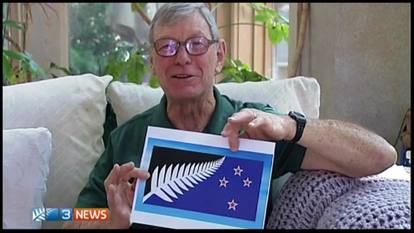
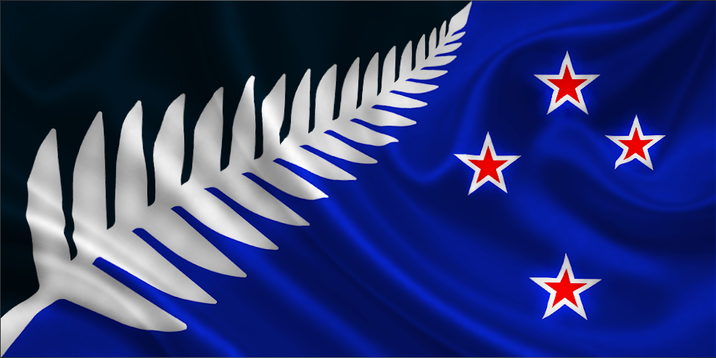

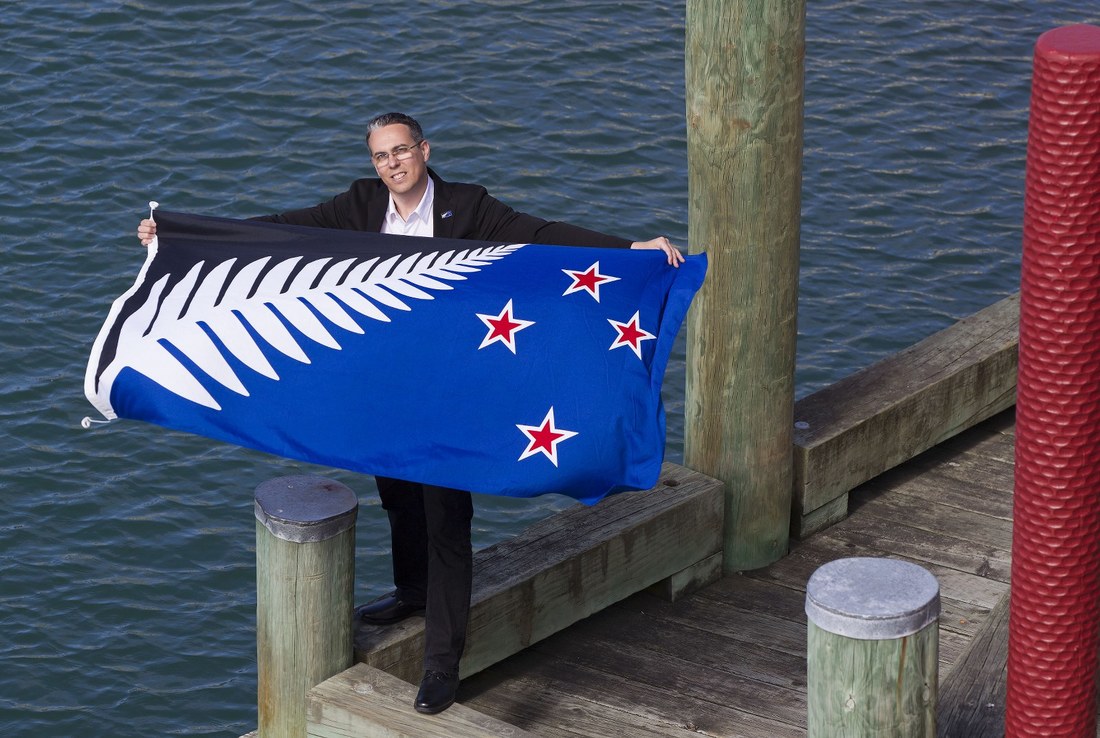
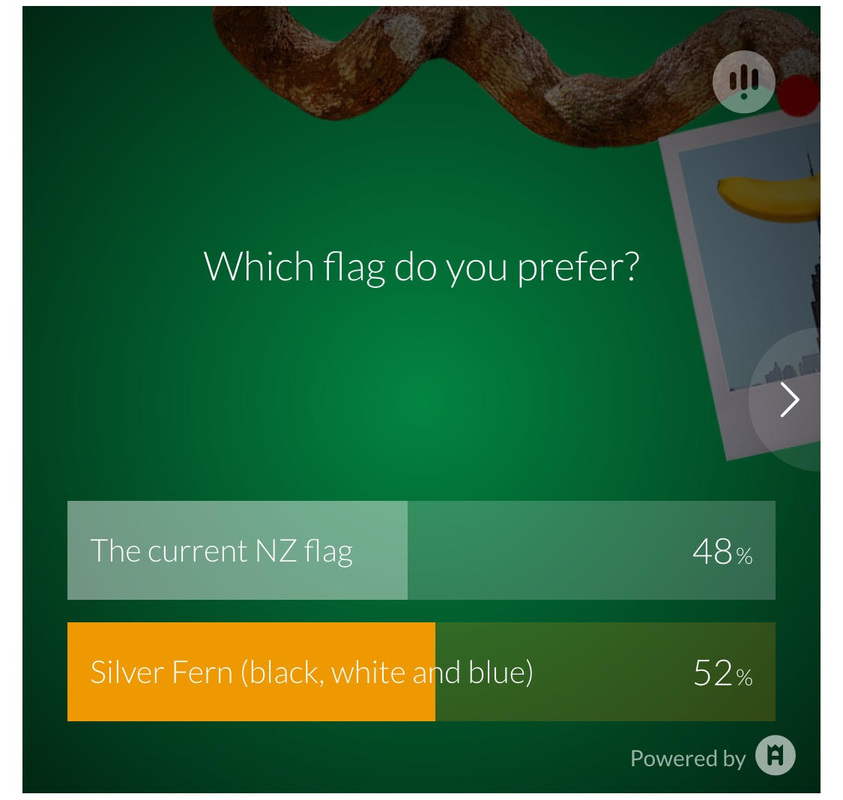
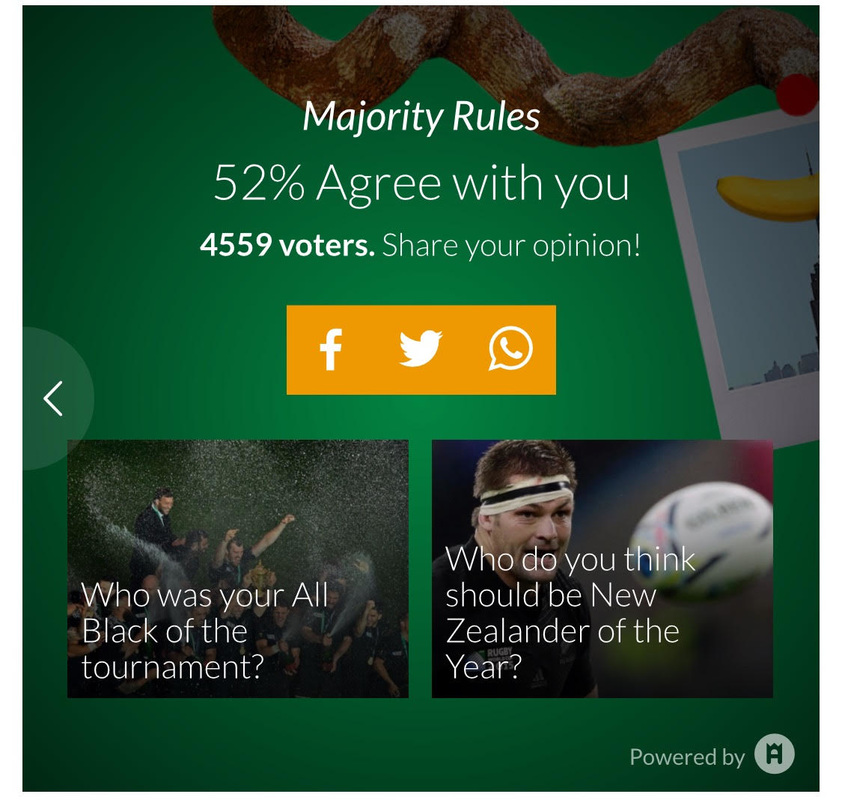
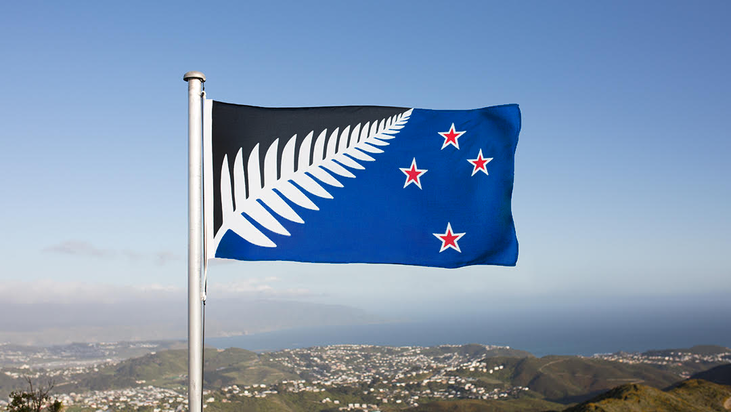
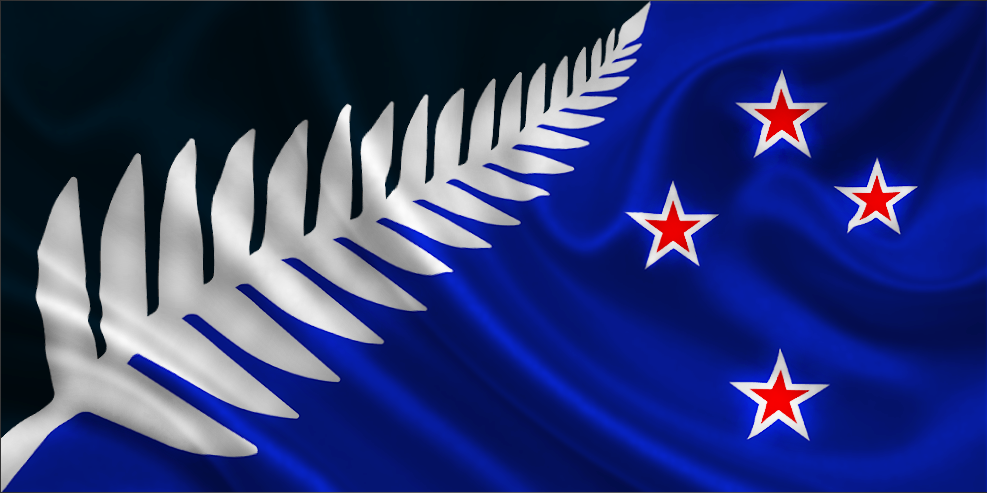






 RSS Feed
RSS Feed
